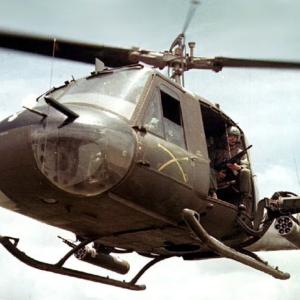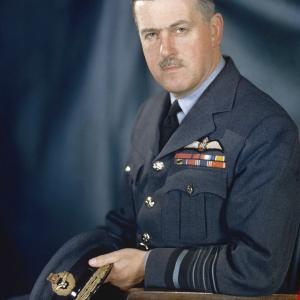
Avro York Transport Plane
When the Air Ministry finally gave space for Avro to think beyond bombers, Roy Chadwick did what he always did best – he did not start again from scratch. He looked at what Britain already had in mass production, and what Britain desperately needed. The result was the Avro Type 685 York – a serious, big-capacity, long-range transport aeroplane built from the wings, undercarriage and tail of the Lancaster, married to a tall, square-sided fuselage that could swallow troops, freight, or VIP interiors.
The first York prototype took to the air on 5 July 1942. It looked like a Lancaster on odd proportions – but it flew well. RAF Transport Command accepted it in 1944, and then the York quietly got on with its work. It was not a famous glamour machine, because it did not drop bombs, but it carried the men who would, and later, it carried the coal and food that saved a city.
Production ran from 1943 to 1948. A total of 258 Yorks were produced (four of those were prototypes). Most of the physical components were made at Avro’s massive Chadderton plant, and then sent forward to Ringway, Yeadon and Woodford for assembly. There was also a Canadian example assembled at Victory Aircraft in Malton, Ontario, to begin what was hoped to be Canadian production – but peace cancelled that plan before Canada could scale up.
Power came from four Rolls-Royce Merlin inline engines (standardised from series production onwards). Using Merlin power was logical – the RAF already had thousands of them in service, spares depots, and experienced ground crews. The York could cross oceans steadily and economically. And though it was no sprinter, it was big – and right in the middle of the war, what mattered most was lift, reach, and cubic capacity.
The York’s service life was long and broad. RAF squadrons 511, 24, 40, 51, 59, 99, 206, 232, 242 and 246, plus Transport Command’s conversion and communications units, all operated Yorks at one time or another. Civil operators took them too, including BOAC and British South American Airways. VIP Yorks carried Churchill and other top level figures.
The moment that sealed the York’s reputation was the Berlin Airlift of 1948–49. In that huge relief effort, the York carried roughly 43% of the British airlift tonnage. Coal, salt, food, mail, equipment – the York’s wide, straight-sided fuselage took it all. Day after day, month after month, Yorks shuttled in and out of Berlin’s narrow corridor.
No aircraft becomes a legend merely by existing. It becomes a legend because it did something vital at the precise moment the world needed it. The York did exactly that. It was Britain’s long-reach piston transport of the mid-1940s – not a beautiful machine, not a loud one, not one that a boy painted on the top of his pencil case – but one that mattered, and one that earned its place in the story.










